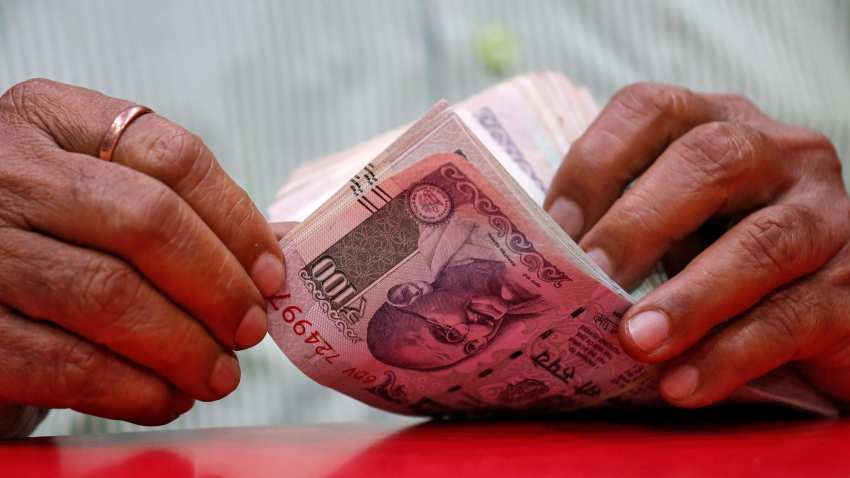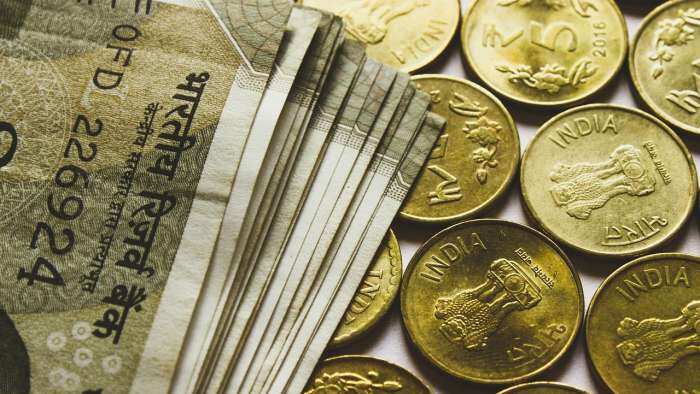Lok Sabha Elections Results 2019: Fiscal policy of Modi 2.0 and the road ahead - What to expect

Curbing fiscal deficit would be the new task of NDA government during their next 5 years tenure. Verdict of Lok Sabha Elections 2019 will be completed in the next few hours. However, the counting of votes and trends have suggested BJP's win. Experts have started to pin down various challenges and reforms, that can be expected in the next five years. Among which is also fiscal deficit. In FY19, the centre finally achieved its revised fiscal deficit target of 3.4% of GDP. During the interim Budget 2020, the centre revised their fiscal deficit target for India upward to 3.4% in FY19 from previous estimate of 3.3%.
Prasanna A and Abhishek Upadhyay, analysts at ICICI Securities said, “A key task for the govt now would be to bring back some realism into revenue projections and to stick to spending commitments. In particular by spending the full outlays for capex and welfare, government can provide much needed support to investment and consumption demand. Such a predictable budgeting and delivery of outlays will go a long way towards boosting growth rather than ad hoc spending plans that aren’t fully followed through. The other task would be to bring back some of the off budget spending into Budget.”
According to ICICI Securities, there are two ways in which government can manage the fall out of a higher deficit. These are:
One would be through a potential surplus transfer by RBI after the committee (headed by Dr Bimal Jalan) submits its report. Assuming the surplus transfer would be staggered over many years, it can go towards bringing down the deficit back to around 3.5% of GDP.
Alternatively, the RBI can announce its program to carry out OMO purchases in tandem with the announcement of higher deficit. As long as the RBI identifies a need for carrying out OMO purchases to a substantial extent during the year, there is a case for announcing the amount upfront in order to guide financial markets.
Over the medium-term there is also the case for amending FRBM to enable RBI to directly fund the government subject to a cap. Assume that every year RBI will have to expand its balance sheet by 1-2% of GDP with a suitable mix of domestic and foreign assets in order to provide durable liquidity.
The duo said, “If so, allowing RBI to directly fund the government up to 0.5% of GDP would dovetail nicely with its balance sheet requirement. This would also limit the disruption caused in bond markets by piecemeal OMO purchases. Further by making this infusion at the beginning of the financial year the RBI will be able to provide visibility to markets about durable liquidity infusion. “
Get Latest Business News, Stock Market Updates and Videos; Check your tax outgo through Income Tax Calculator and save money through our Personal Finance coverage. Check Business Breaking News Live on Zee Business Twitter and Facebook. Subscribe on YouTube.
RECOMMENDED STORIES

SBI Senior Citizen FD Rate: Here's what State Bank of India giving on 1-year, 3-year, 5-year fixed deposits currently

SIP+SWP: Rs 10,000 monthly SIP for 20 years, Rs 25 lakh lump sum investment, then Rs 2.15 lakh monthly income for 25 years; see expert calculations

SBI Guaranteed Return Scheme: Know how much maturity amount you will get on Rs 2 lakh, 2.5 lakh, 3 lakh, 3.5 lakh and Rs 4 lakh investments under Amrit Vrishti FD scheme

SBI Senior Citizen Latest FD Rates: What senior citizens can get on Rs 7 lakh, Rs 14 lakh, and Rs 21 lakh investments in Amrit Vrishti, 1-, 3-, and 5-year fixed deposits

Power of Compounding: How soon will monthly SIP of Rs 6,000, Rs 8,000, and Rs 10,000 reach Rs 5 crore corpus target?
06:43 PM IST








 Modi Swearing-In Ceremony, Cabinet Formation: All important for D-Street - These stocks, sectors to see achhe din!
Modi Swearing-In Ceremony, Cabinet Formation: All important for D-Street - These stocks, sectors to see achhe din!  Kept your Money idle due to elections? Deploy it systematically now in this combo; expert Vidya Bala offers funds insight
Kept your Money idle due to elections? Deploy it systematically now in this combo; expert Vidya Bala offers funds insight  Liquor sales to be limited, then banned in Andhra? See what CM designate YS Jagan Mohan Reddy has promised to do
Liquor sales to be limited, then banned in Andhra? See what CM designate YS Jagan Mohan Reddy has promised to do PM Modi says people want Gujarat-like development in Bengal
PM Modi says people want Gujarat-like development in Bengal Narendra Modi Cabinet 2019: Ashok Gulati may be PM's surprise pick for Agriculture Ministry
Narendra Modi Cabinet 2019: Ashok Gulati may be PM's surprise pick for Agriculture Ministry